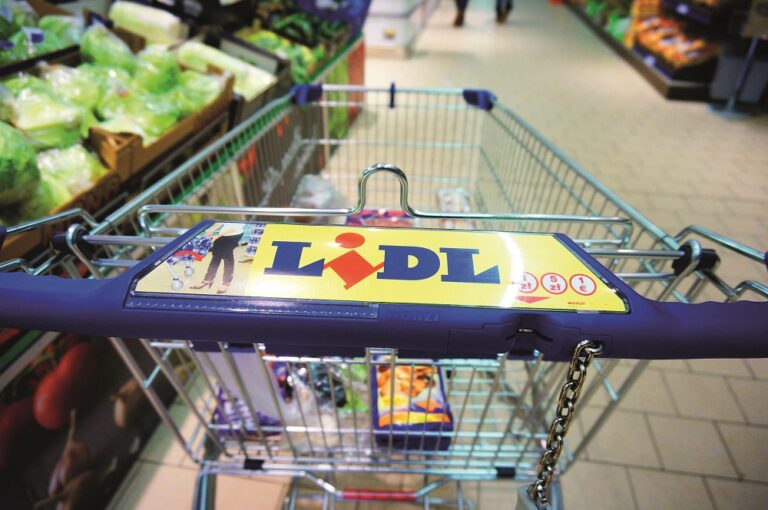Take-home grocery sales rose by just 1.0% over the four weeks to 9 June 2024, marking the slowest increase since June 2022 as poor weather and falling inflation impacted the sector, according to the latest data from Kantar. Growth in footfall has also stalled, with the average shopper visiting a supermarket 16.3 times this month – down from 16.4 in June last year.
“The sixth wettest spring on record hasn’t just dampened our spirits leading into summer, it’s made a mark on the grocery sector too as it seems Britons are being put off from popping to the shops,” said Fraser McKevitt, head of retail and consumer insight at Kantar. “We’re not yet reaching for those typical summertime products and are making some purchases you wouldn’t expect in June. Warming fresh soup sales jumped by almost 24%.”
While it might be contributing to slower market growth, a drop in grocery price inflation is leading to improved consumer sentiment. The rate now stands at 2.1%, marking the sixteenth consecutive month that it has fallen. 36% of households described their financial position as comfortable in May 2024, a proportion not surpassed since November 2021.*
“The cost-of-living crisis isn’t over – far from it,” said McKevitt. “22% of households say they’re struggling, meaning that they aren’t able to cover their expenses or are just making ends meet. However, there are positive signs that many of us no longer feel the need to restrict our spending quite so much, with lower inflation helping to ease the pressure on people’s pockets. In May, we recorded the largest jump in the number of comfortable households since January 2023, rising by two percentage points on February 2024’s figure. Costs are falling in nearly one third of the grocery categories we track, including toilet tissues, butter and milk. That’s a big increase from last year, when just 1% of markets were declining.”
Ocado was the fastest growing grocer for the fourth month in a row this period, increasing sales by 10.7% over the 12 weeks to 9 June – ahead of the total online market, which saw sales rise by 4.0%. Nearly a quarter (23%) of British households did their grocery shopping online in the last three months, with over 4% choosing to use Ocado. The online-only retailer now accounts for 1.8% of the market, up 0.1 percentage points from last year.
Lidl increased its hold of the market by 0.4 percentage points to 8.1%, matching its sales growth for the latest 12 weeks. Fellow discounter Aldi, the fourth largest retailer by consumer spend, boosted sales by 0.8% and now has a share of 10.0%.
Tesco achieved its highest market share since February 2022, growing 0.6 percentage points to 27.7% and pushing up sales by 4.6%. Sainsbury’s saw its sales rise by 4.9% to account for 15.2% of the market, up from 14.9% last year.
As Morrisons celebrates its 125th anniversary, the grocer’s sales rose by 1.1%. Its share now stands at 8.7%. Iceland boosted sales by 4.4% and holds 2.4% of the market, up from 2.3% a year ago. This marks the first annual market share increase for the frozen-food specialist since March last year.
Waitrose welcomed 188,000 new shoppers through its doors over the latest 12 weeks, a greater increase than any other grocer. With its sales growing by 3.5%, the retailer has a 4.5% share, while Asda and convenience retailer Co-op captured 12.8% and 5.5% of the grocery market respectively.


